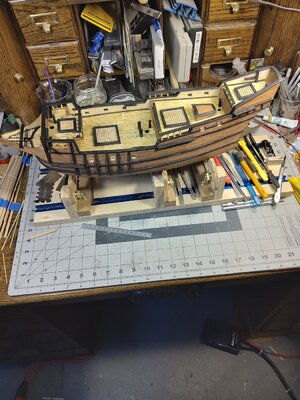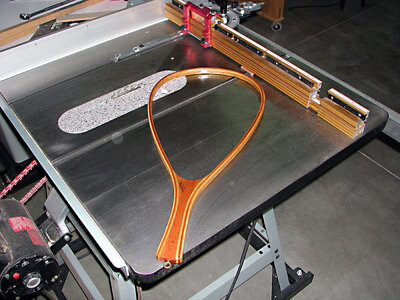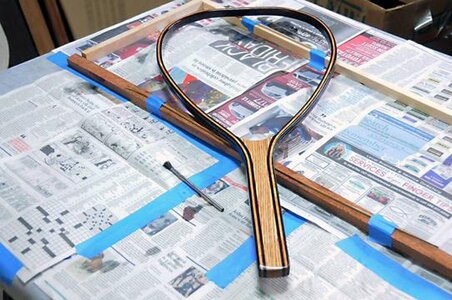Hello all. I am now approaching the point in my build where I'll add brass fittings, chains and hinges. Should I, at this point, go ahead and finish the hull? I'm going to use Watco Danish Oil (Natural) as the finish for the hull. I don't really want it on the metal parts. Any suggestions? When do you add your finishes?
Attachments
Last edited:






